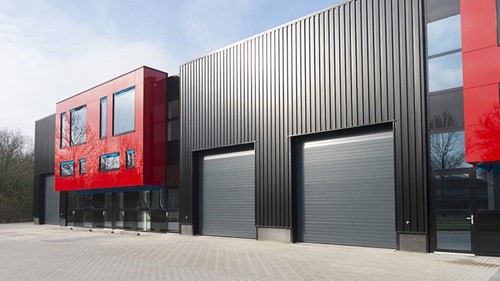Aussie office assets remain attractive for offshore buyers
Australian office assets remain the most attractive real estate class for offshore investors, even as transaction levels plunge and the future of office work comes into question due to the pandemic.
Australian office assets remain the most attractive real estate class for offshore investors, even as transaction levels plunge and the future of office work comes into question due to the pandemic.
Research by commercial agency CBRE showed 66 per cent of all international real estate acquisitions in Australia in the first three quarters of 2020 were for office assets, with the deals collectively worth $7.8 billion.
The total value of office deals, however, was down 53 per cent, with several sales due to close pre-COVID being put on ice, and speculation continuing to swirl around workplace evolution.
Industrial transactions made up 22 per cent of the pool, while retail assets accounted for 8 per cent of transactions, CBRE said.
Hotel sales were down 73 per cent, at just over $500 million worth of deals, with investors cautious around the short and medium term performance of hotel assets.
Sydney and Melbourne remain the preferred cities for overseas investors, accounting for 44 per cent and 35 per cent of international spending, respectively.
CBRE said offshore investors accounted for around 40 per cent of all Australian property transactions, but the $15.3 billion invested in Australia by both offshore and domestic investors was down 46 per cent on the same period last year.
“Despite the year getting off to a stronger start than 2019, once the impact of the pandemic was felt in Australia sales began to slow, and most noticeably in the retail and hospitality sectors, as these have borne the brunt of the various lockdowns,” CBRE head of capital markets research Ben Martin-Henry said.
Mr Martin-Henry said there was some hope that transaction levels could make up lost ground in the final quarter of 2020, with historical data showing the last quarter of the year has recorded an average of 31 per cent of the total volumes for the last two decades.
Also boosting the prospects of a solid final quarter is the fact that Australian office workers are returning to their CBD workplaces in increasing numbers, according to a recent Property Council of Australia survey.
The Property Council said all CBD markets bar Melbourne recorded increases in office occupancy in October, with the biggest gains in Perth, Canberra and Brisbane.
In Perth, 77 per cent of CBD workers have returned to the office, compared to 73 per cent in Adelaide, 61 per cent in Brisbane and 40 per cent in Sydney.
Hobart is Australia’s leader overall, with 79 per cent of CBD workers back in the office, while Melbourne’s harsh lockdowns were reflected in the survey results, with just 7 per cent of workers heading to the office in October.
Property Council chief executive Ken Morrison said the survey results indicated a return to CBD offices was gaining momentum across capital cities.
“The shift is on and more CBD workers are coming back to their offices, which is an important step in Australia’s economic recovery,” Mr Morrison said.
“Leadership from the Prime Minister and some state governments in encouraging their public servants to return to their offices has clearly played an important role, along with more businesses rebooting their CBD workplaces.
“This is encouraging news for the Australian economy, given the critical role of CBD-based businesses in supporting jobs and economic activity, including for all of those businesses which depend on CBD workforces for their viability.”




















